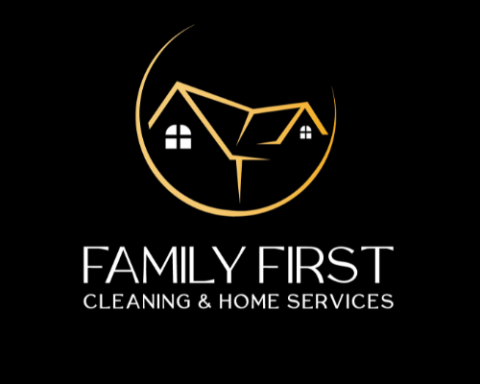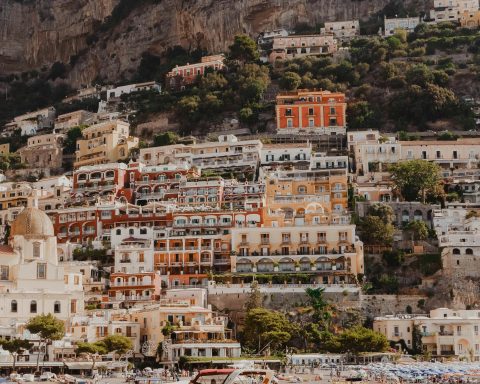Key Takeaways:
- High fade and low fade haircuts are versatile and suitable for various face shapes and styles
- High fades are characterized by hair tapering high on the head, while low fades have the hair taper away around the ears
- Your choice of fade should take into consideration factors like face shape, style, and maintenance requirements
High Fade Haircuts: Style Statement for the Bold
High fade haircuts involve the hair tapering down to a clean shave high on the head, usually above the temples. The hair on top can vary in length and style according to personal preference. High fade hairstyles are known for their bold and edgy appearance, making a strong style statement. Some popular high fade hairstyles include:
Taper Fade
A high taper fade starts above the temples and fades into the skin above the eye, giving a clean and modern look.
Skin Fade
Also known as a high skin fade, this haircut is similar to a high taper fade, with the hair gradually fading to the skin on the sides and back of the head.
High Fade Undercut
With longer hair on top covering part of the sides and back, the high fade undercut is ideal for those with thinning hair as it adds volume.
Temple Fade
Featuring a fade that ends around the level of the temples, the high temple fade can be accentuated with sharp hairlines for a more impressive look.
High Fade Pompadour
A classic pompadour with a high fade draws attention to the crown, making the hair on top appear more voluminous.
Low Fade Haircuts: Subtle Sophistication for the Modern Man
In contrast to high fades, low fade haircuts have the hair fade away right around the ears, making them a more subtle option. Low fades are perfect for men with thick hair and a bit of texture. Some popular low fade hairstyles include:
Blowout
Starting with a low fade right above the ear and featuring longer hair on top, the blowout style is achieved by applying mousse and teasing the hair up to maintain a slightly messy look.
Low Fade Crew Cut
The crew cut, usually paired with a high or medium fade, also works well with a low fade, keeping the sides thin enough to create sharp edges.
Slicked Back Low Fade
Pair a basic low fade with a long undercut top and slick the hair back using hair styling products. This style is ideal for those with full beards as it balances the length of the hair on top.
Low Fade Quiff
Similar to a pompadour, the quiff features hair on top styled upward. Achieve this look by getting a basic low fade and using strong hair styling products to maintain the height.
Low Fade Undercut
With shorter sides but not completely shaved, the low fade undercut is a low-maintenance and clean hairstyle that grows out gracefully.
How to Choose the Perfect Fade Haircut
To find the ideal fade haircut for yourself, consider the following factors:
Face Shape
Both high and low fades can suit round faces, as the lines and shapes of these hairstyles help elongate the face. For those with a long face, a low fade might be more flattering as a high fade can make the face appear even longer.
Style
Choose a fade haircut that complements your usual style and clothing. Consider your work environment, lifestyle, and personal preferences when making a decision.
Maintenance
Keep in mind the maintenance requirements of the haircut you choose, especially if you have a busy schedule or prefer a low-maintenance look.
The Bad Fade vs Good Fade Debate: Comparing High and Low Fades
Now that we’ve explored the different styles of high and low fades, let’s compare the two to help you make a more informed decision on which one is right for you.
Hair Removal
The most noticeable difference between high and low fades is the amount of hair removed. In a high fade, the hairline starts around the temples, and the hair below is clean-shaven. In contrast, a low fade begins around the ears, leaving a bit of sideburn intact.
Versatility
Both high and low fades offer versatility in terms of the hairstyles they can be paired with. From classic looks like the pompadour and slicked-back styles to modern trends like the quiff and blowout, both types of fades can be adapted to a wide range of preferences.
Face Shape Suitability
As mentioned earlier, both high and low fades can work for round face shapes, creating the illusion of length. However, if you have a long face, a low fade might be a better option as it won’t elongate your face further.
Workplace Appropriateness
When it comes to professional settings, both high and low fades can be suitable, depending on the hairstyle they’re paired with. For example, a high fade with a pompadour or a soft side part can work well in a corporate environment. On the other hand, a Caesar or faux hawk might be better suited for individuals with a more laidback lifestyle.
Maintenance Requirements
Lastly, consider the maintenance requirements of your chosen fade haircut. High fades tend to require more frequent touch-ups due to the clean-shaven sides, while low fades may allow for a little more time between salon visits. Choose a hairstyle that aligns with the amount of time and effort you’re willing to invest in maintaining your look.
Final Thoughts on Bad Fade vs Good Fade
Ultimately, the choice between a high fade and a low fade haircut boils down to personal preference and factors such as face shape, lifestyle, and maintenance requirements. Both options offer a range of styles to suit various tastes and can be tailored to complement your unique personality.
So, whether you opt for the bold, edgy appeal of a high fade or the subtle sophistication of a low fade, you can’t go wrong with either choice. Just remember to consult with a skilled barber who can guide you in selecting the perfect fade haircut that best suits your needs and enhances your appearance.







